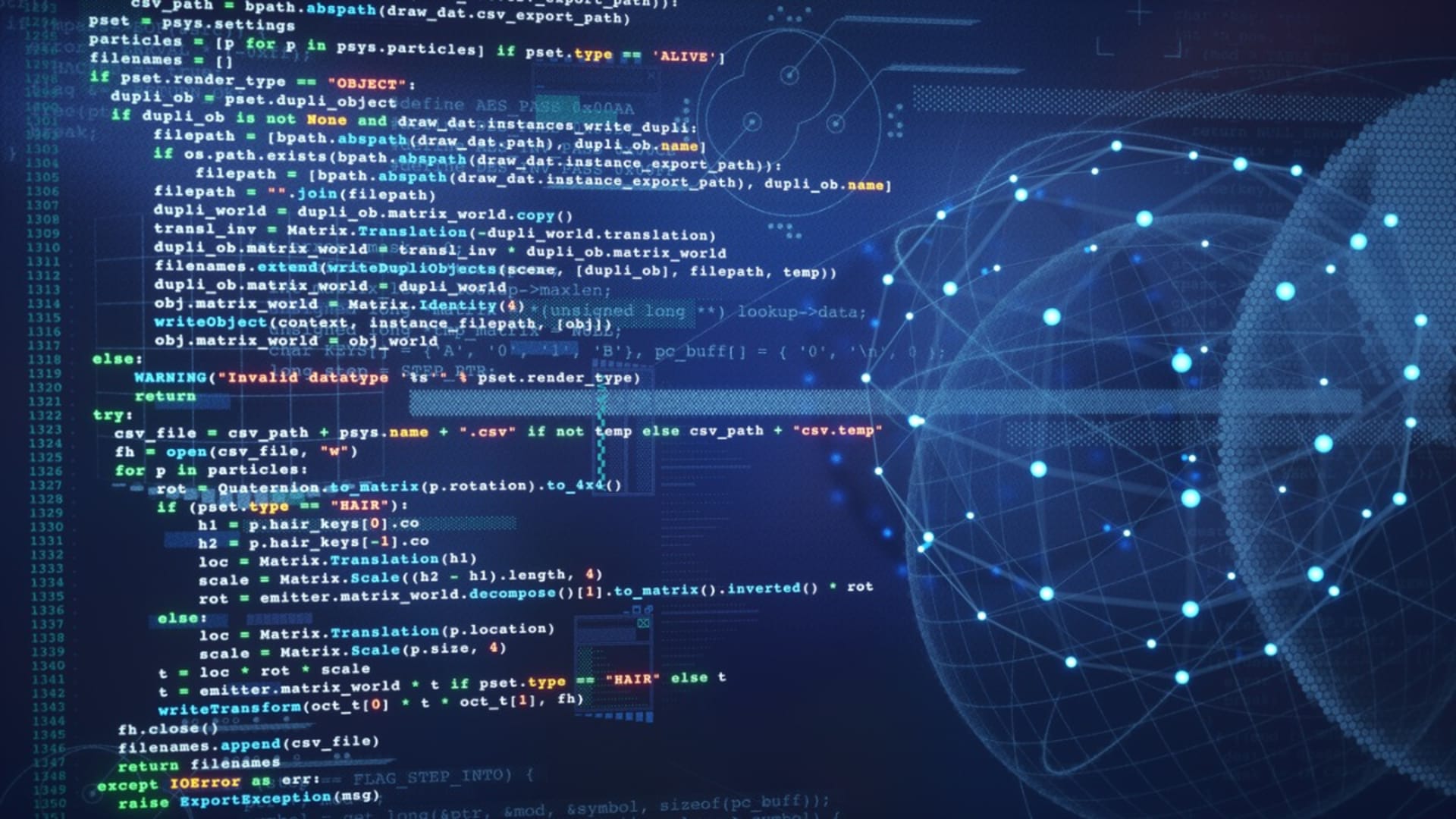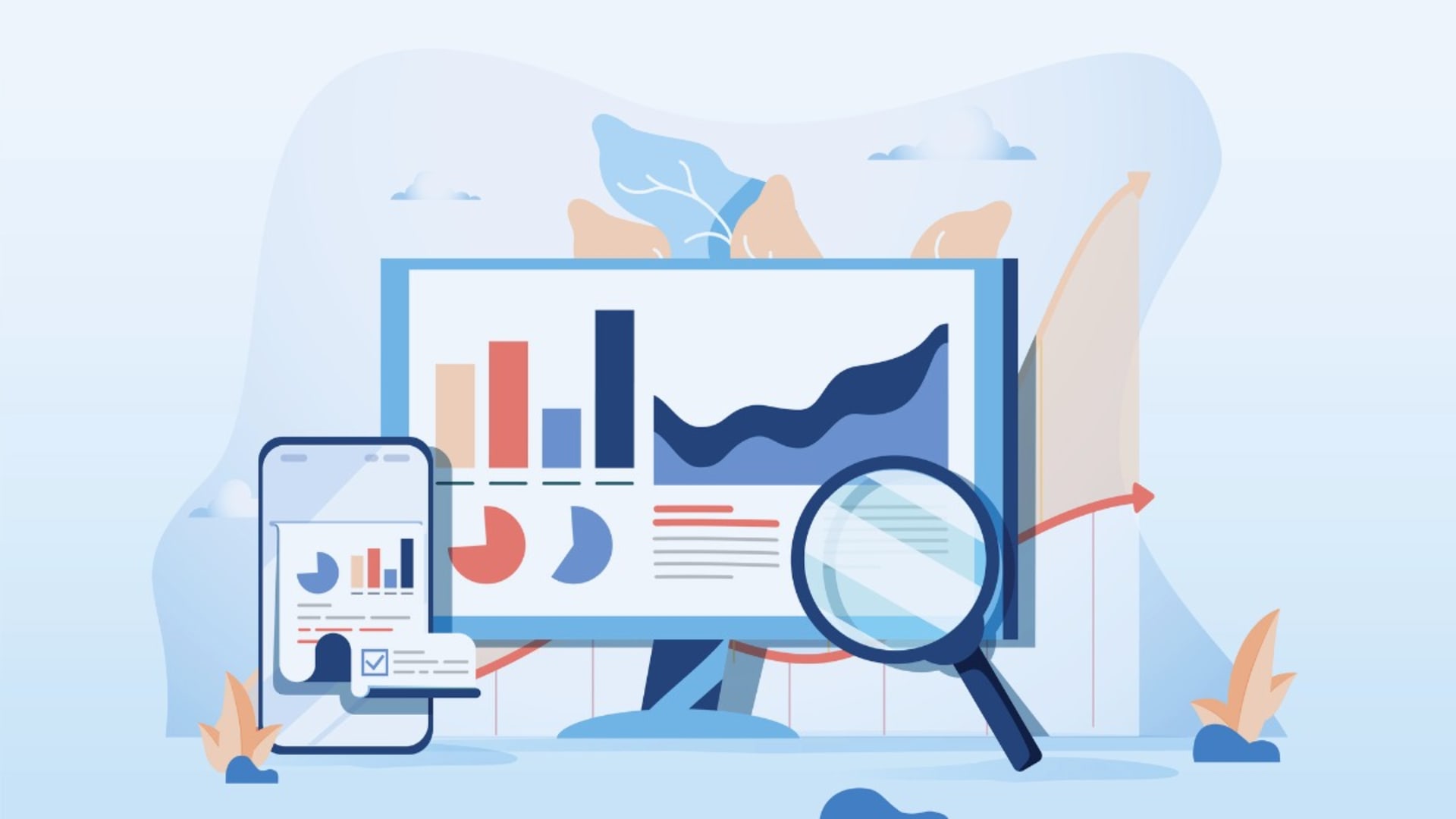Python has an important place in today’s tech landscape. Thanks to its wide range of use cases and versatility, it’s a language that belongs in many a developer’s arsenal. Developers and teams can use it in a wide range of areas and niches, including web development, artificial intelligence, data science, and more.
From analyzing the most enormous data sets to creating dynamic websites, Python offers developers an array of tools, libraries, and frameworks to help make their lives easier. The language also empowers developers of all skill levels, from beginner to experienced, thanks to its simplicity and readability. While beginners to the world of development like Python’s easy-to-read syntax, more seasoned developers appreciate its concise code structure. The supportive online community, ample learning resources, robust frameworks, and rich ecosystem surrounding Python also contribute to its popularity.
Every developer needs to have some essential Python skills in their tool belt in order to move forward in the world of development.
What is Python?
A high-level, interpreted programming language, Python offers simplicity and readability for many different types of dev projects. Its straightforward syntax resembles English, which makes it easy for any developer to understand.
One of the language’s standout features is its extensive support for libraries, which offer pre-built tools to help devs with a variety of tasks. Python is also cross-platform compatible, meaning developers only need to write code once and may run it on various operating systems.
This versatility contributes to the language’s popularity and allows dev teams to tackle a wide range of projects in a more efficient manner. Python’s active community of supportive developers and continuous development make the language even more appealing and popular in the global development world.
History and Evolution of Python
Originally created over and released by Guido van Rossum in early 1991, Python continues to evolve decades later. The language started as a simple scripting language that quickly gained traction thanks to its ease of use and versatile nature. Its key updates, including the release of Python 2 and Python 3, provided developers with updates and improvements in terms of its standard libraries, syntax, and performance.
The introduction of powerful frameworks like Flask and Django for web development along with libraries like Pandas and NumPy for data science has further fueled the language’s growth at a global scale. Python continues to evolve today, with regular releases of updates and enhancements to further ensure not only its relevance but also its adaptability to the ever-changing tech landscape.
Why the Python Programming Language?
The development community appreciates Python for its many benefits. The simplicity and readability of the language help differentiate it from other languages, while also enabling faster development with easier maintenance. Its thriving online community provides devs with excellent resources, frameworks, and libraries to facilitate more efficient, frustration-free coding. From beginners to experts, Python offers all devs a user-friendly experience and extensive support.
Python Developer Skills
To get started with Python development, developers must master a few important Python skills to successfully complete their projects.
#1 Python Syntax and Semantics
Its clear and intuitive syntax makes Python stand out from the crowd of programming languages and makes it easy for devs to read and write code. The indentation in Python is one highly distinctive aspect of the language—it is a fundamental part of the language’s syntax and not just a stylistic choice. The indentation determines the code blocks and scope and ensures code clarity while enhancing readability.
Python includes a range of basic data types, which provide more flexibility while allowing devs to handle data more efficiently. These data types include:
- Strings – Textual data
- Integers – Whole numbers
- Floats – Decimal numbers
- Booleans – True/false values
- Lists – Ordered collections
- Tuples – Immutable sequences
- Dictionaries – Key-value pairs
- Sets – Unordered collections with unique elements
#2 Python Operators
Python includes various types of operators with specific purposes. Collectively, these operators empower developers to perform complex evaluations, control program flows, and manipulate data.
- Arithmetic operations perform mathematical computations, including addition, subtraction, division, multiplication, and more (+, -, /, *).
- Comparison operators compare values with a boolean result in return. This includes equality, inequality, greater than, less than, and so on (==, !=, >, <).
- Assignment operators give values to variables.
- Identity operators determine the equality or difference of an object.
- Logical operators include “and,” “or,” and “not” to facilitate logical evaluations and manipulate boolean values.
- Membership operators figure out if values exist within a certain sequence or collection.
#3 Python Control Structures
A vital aspect of program flow control, Python control structures include loops, such as “for” and “while,” which iterate through a sequence or executive code on a repetitive basis based on the specified conditions. Statements like “if,” “else,” and “elif” or “else if,” are conditional statements that make decisions. “Elif” furthers the “if” command and allows it to handle multiple conditions in a sequential action. Control structures help enhance the logic and flexible nature of Python programming.
#4 Functions in Python
Python functions are reusable code blocks designed to handle specific tasks. Developers use the keyword “def” and a function name to define a function as well as enclosed parameters in parenthesis. The code implements the desired operations within the function block. Devs then have the ability to simply write the name of the function with the required arguments to call it.
Python inherently offers quite a few built-in functions to help devs leverage the language and enhance overall code efficiency, including:
- “print()” for output
- “len()” for determining length
- “range()” to generate sequences
- “max()” and “min()” for finding maximum and minimum values
#5 Object-Oriented Programming in Python
Object-oriented programming (OOP) is a programming model focused on the organization of code into objects as instances of classes. Each object represents a unique entity, including its own attributes/data, and methods/functions.
Python utilizes the “class” keyword to define classes and creates them through instantiation. Inheritance allows for the creation of new classes based on existing ones, which then inherit the same methods and attributes. Encapsulation prevents data from direct access as methods are the form of interactions. Polymorphism lets objects share common interfaces and enables more flexibility and code reusability. The language’s support for OOP makes for more organized, modular, and efficient code.
#6 Python Libraries and Frameworks
Further enhancements of Python’s functionality and efficiency include support for libraries and frameworks to help reduce dev time and promote code reusability. With an enormous collection of libraries, devs have the ability to use specialized tools for their tasks. For example, the library NumPy offers helpful support for numerical arrays and computations. The Pandas library helps with data analysis and manipulation. Useful in data science, Matplotlib enables data visualization while Scikit-learn helps with machine learning tools and algorithms.
Flask and Django are Python frameworks. These web frameworks handle tasks like templating, database management, and routing for more streamlined web development. Flask is lightweight and great for smaller projects, while Django is more comprehensive which makes it a great choice for complex applications. Empowered by these frameworks and libraries, developers write Python code more efficiently and gain the ability to build more robust apps, create efficient and dynamic websites, and perform extensive data analyses.
#7 Python for Web Development
A highly versatile language, Python is also a great choice for web development. Flask and Django offer many benefits for building web applications of all sizes.
As a full-featured web framework, Django utilizes its built-in features, including URL routing, templating, and database management, to simplify the most complex of tasks. By following the model-view-template (MVT) architectural pattern, the framework helps keeps projects scalable and well-organized. Flask is actually a micro-framework, which makes it great for smaller projects in need of the essential tools for web development work while still allowing for flexibility in choosing components.
Some devs would argue that the real strength of Python in web development is in the back end. Libraries like Requests (for HTTP handling) and SQLAlchemy (for database interactions) allow Python to facilitate seamless operations server-side. It makes back-end development efficient thanks to its extensive collection of frameworks and modules for the support of tasks like data processing and handling server requests.
#8 Python for Data Science
With its powerful libraries and versatility, Python is a go-to choice in the world of data science. The language excels in data handling, analysis, and visualization, which makes it a top choice for data analysts and scientists.
The library Pandas allows users to clean, filter, and aggregate data in an efficient manner to simplify data manipulation. Matplotlib enables the creation of charts and visualizations with its comprehensive plotting capabilities. Built atop Matplotlib, Seaborn further streamlines data visualization and enhances aesthetics.
When used together, these libraries offer the field of data science a powerful toolkit for exploring data analysis and insight extraction. Python also integrates with other data tools, such as Jupyter Notebooks, and machine learning libraries, including Scikit-learn, to round out its tools for the field.
Python helps further the work of data science by empowering professionals to derive valuable insights from the most complex data sets.
#9 Python for Machine Learning and AI
It’s no surprise that Python remains the top choice of programming languages in the field of artificial intelligence and machine learning. With its robust libraries, active online community, simplicity, and readability, Python is an ideal language for developing and experimenting with algorithms in ML and AI.
Python offers many ML and AI libraries, contributing to its popularity in the fields. Developed by Google, TensorFlow is an open-source ML framework that excels at building of neural networks and deep learning. PyTorch is the go-to choice for researchers, helping with dynamic computation and flexibility. Scikit-learn offers a comprehensive set of tools geared toward more traditional ML tasks. These libraries combined with Python help developers and researchers build sophisticated AI and ML models easily.
Conclusion
Python is a game-changing programming language across a variety of specialties in the field of technology. From web development and data science to machine learning and artificial intelligence, Python offers simplicity, readability, versatility, and vast library support, thus making it an essential tool for developers of any kind. Every programmer should be aware of the applications of Python and possess the essential Python developer skills to complete projects with this powerhouse language.”
If you enjoyed this article, check out one of our other Python articles.
- Comprehensive Guide to Python List Objects with Examples & Built-in Functions
- Which Language Is Best, Python or Ruby?
- R vs. Python: Which Language Is Best for Data Science?
- Ruby on Rails vs Django: Which is Right for You?
- What Is a Jupyter Notebook and How to Deploy One
FAQ
What makes Python so popular among developers?
Python is incredibly popular amongst developers thanks to its highly versatile nature, simplicity, ease of use, and readability. Devs use it across a variety of different project types and niches, ranging from web app development to machine learning.
What are some common use cases for Python?
Python is commonly used in data analysis, web development, machine learning, and artificial intelligence.
Is Python a good language for beginners?
Yes, Python is a great programming language for beginners because it’s simple and readable and offers an extensive online support community.
How can I improve my Python Skills?
Devs improve their Python skills by practicing their coding regularly, partaking in continuous learning and exploration, and contributing to open-source projects.
Are Python developers in demand?
Yes, Python developers remain in high demand across many industries and business areas.







